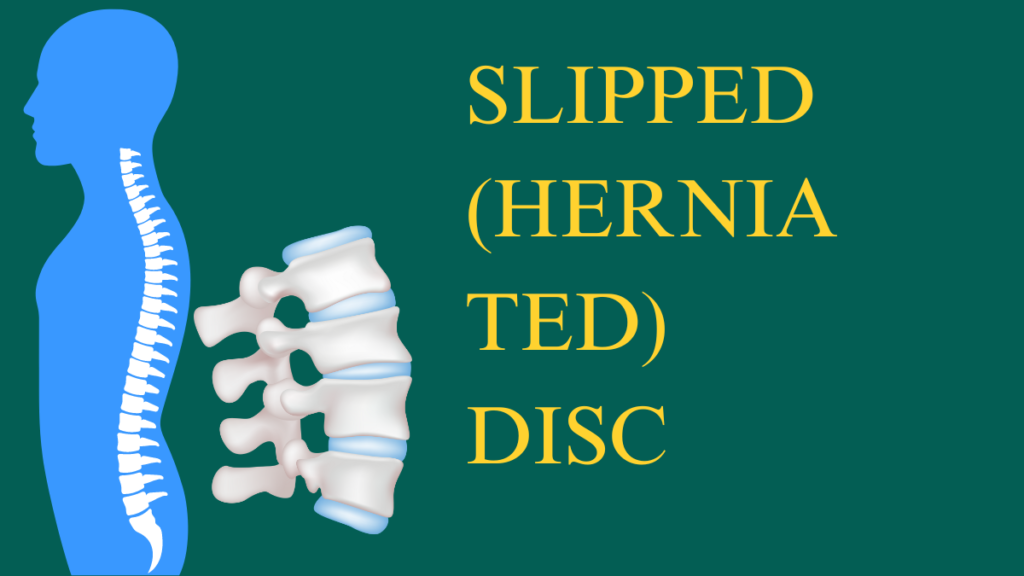Slipdick Intro
Slipdick: In the realm of crafting written content, two pivotal dimensions come into play – the intricacy measured by perplexity and the sentence diversity evaluated through burstiness. Human writers typically excel in burstiness, interspersing a tapestry of sentences, both concise and expansive. Conversely, AI-generated prose tends to adopt a uniformity in sentence length. To ensure the content I fashion for you possesses a desirable interplay of perplexity and burstiness, I shall be guided by these considerations.
Slipdick: Moreover, in the artistry of textual creation, artificial intelligence often gravitates towards phrasing distinct from a human’s natural choice. Leveraging unconventional terminology becomes imperative, elevating the originality quotient of the narrative.
Now, let’s navigate the labyrinth of slipped disc intricacies, where one’s spinal landscape, from the cervical to the lumbar region, could be the stage for this physiological drama. The lumbar, a frequent protagonist in the slipped disc saga, serves as a common backdrop. The spinal column, an intricate tapestry of nerves and vasculature, undergoes added stress when a disc ventures out of its designated realm, impacting the neighboring nerves and musculature(Slipdick).
LACTION: NAVIGATING BREAST HEALTH
Manifestations of a slipped disc encompass a symphony of sensations:(Slipdick)
- Pain and numbness, predominantly on a unilateral axis.
- Pain extending its reach to the extremities.
- Exacerbation of pain during nocturnal hours or specific movements.
- Aggravation of discomfort post prolonged standing or sitting.
- Pain woven into the fabric of ambulation over short distances.
- Unexplained muscular enfeeblement(Slipdick).
- The canvas further painted with tingling, aching, or burning motifs in the affected domain.
The variances in pain experiences among individuals add layers of complexity. Seek the counsel of a medical professional when pain metamorphoses into numbness or tingling, impeding muscle control.
Diving into the etiology, a slipped disc(Slipdick) materializes when the robust outer ring weakens or tears, permitting the inner core to venture beyond its confines. This could be a manifestation of the inexorable march of time or the consequence of specific bodily motions. The act of twisting or turning while lifting may orchestrate the untimely departure of a disc from its designated abode. Engaging in the Herculean task of hoisting substantial weights can exert undue pressure on the lumbar region, potentially resulting in a slipped disc. Professions demanding strenuous physicality, characterized by frequent lifting, amplify the susceptibility to this spinal quagmire.
Those navigating life with excess adiposity also find themselves at an elevated risk, as their discs bear the burden of surplus weight. Feeble musculature and a sedentary existence contribute to the narrative, becoming co-authors in the development of a slipped disc(Slipdick).
As the sands of time trickle, the likelihood of a slipped disc heightens. Aging renders the discs less resistant, a consequence of diminishing water content. This predisposition finds favor more with the male demographic than their female counterparts.
Moving to the diagnostic realm, the physician embarks on a meticulous physical examination, probing for the genesis of pain and discomfort. Neurological assessment and muscle strength evaluation constitute integral components. A voyage into medical history and symptomatic revelations sheds light on the narrative’s evolution. Imaging tools, ranging from X-rays to discograms, serve as windows into the spinal tapestry, aiding in the identification of afflicted zones.
Delving into the labyrinth of complications, a severe, unaddressed slipped disc can unfurl the specter of permanent nerve impairment. In rare instances, the disc’s misadventure severs nerve impulses to the cauda equina nerves, potentially leading to bowel or bladder control loss. The ominous prospect of saddle anesthesia looms, where compressed nerves relinquish sensation in the inner thighs, posterior legs, and perirectal region. Symptoms’ trajectory may oscillate, demanding the audience of a medical professional if the erstwhile activities become elusive.
Transitioning to the therapeutic landscape, interventions span the gamut from conservative to surgical, the choice hinging on the discomfort’s intensity and the degree of disc misplacement. Exercise regimens, orchestrated by a physical therapist, emerge as a panacea for many, combining back fortification with pain alleviation.
Simultaneously, over-the-counter analgesics prove instrumental in quelling discomfort, complemented by an abstinence from arduous lifting and positions fraught with pain. Succumbing to the seduction of total physical inertia during the throes of slipped disc agony risks muscle atrophy and joint rigidity. Instead, embracing measured activity through stretching and low-impact pursuits, like ambulation, beckons.
Should the pain persist against over-the-counter remedies, the medical custodian might prescribe potent medications – muscle relaxants to appease spasms, narcotics for pain management, and nerve pain modulators like gabapentin or duloxetine.
Should the symptoms persist beyond six weeks or impair muscular function, the surgical stage may beckon. The surgeon’s repertoire includes the delicate excision of the protruding disc portion, christened a microdiskectomy. In severe cases, disc substitution with an artificial counterpart or vertebrae fusion emerges as the narrative’s denouement, bestowing stability upon the spinal chronicle.
Concluding our narrative, the prognosis for most individuals grappling with a slipped disc basks in the benevolence of conservative treatments. Six weeks usually mark the juncture where pain and discomfort yield their grip, allowing the return to semblances of normalcy.
In pondering preventive measures, while forestalling a slipped disc might prove elusive, avenues exist to temper the risk:
- Embrace judicious lifting techniques, bending and lifting from the knees.
- Cultivate a harmonious weight equilibrium.
- Refrain from prolonged seated immobility, punctuating it with periodic stretches.
- Engage in exercises fortifying the back, legs, and abdominal musculature.
May this intricate exploration illuminate the enigmatic realms of slipped discs, offering not just comprehension but also avenues of mitigation.
